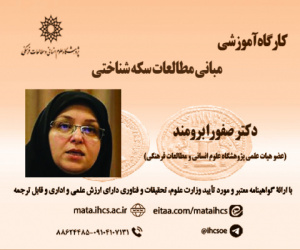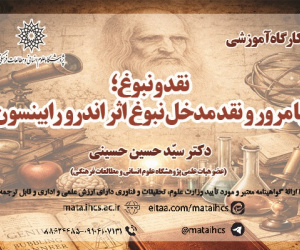Iran's Coalition-Building Strategy Within Its Neighborliness Policy: Emphasis on the Axis of Resistance (مقاله علمی وزارت علوم)
درجه علمی: نشریه علمی (وزارت علوم)
آرشیو
چکیده
Since the Islamic Revolution, Iran's foreign policy has exhibited a strategic duality, making it one of the most complex on the global stage. A cursory review of its policies and decision-making across different administrations reveals a "sinusoidal" and seemingly erratic trajectory—ranging from the pro-Western inclinations of Bazargan's interim government to the revolutionary export-oriented approach of later administrations. However, a deeper analysis of Iran's foreign policy over the past four decades suggests that, despite its oscillations, it has followed a consistent linear trajectory, firmly rooted in the constitutional framework and committed to its role as a champion of liberation movements. In this context, the Islamic Republic of Iran has effectively leveraged a significant portion of its capabilities. Moreover, due to Iran's rich historical and cultural heritage, its neighborliness policy is key in fostering coalitions with neighboring communities and governments. Recognizing its significant and influential role in the foreign policy of the Islamic Republic of Iran, the conceptual and practical dimensions of this influence are apparent in the political behavior of the country, whether intentionally or unintentionally, directly or indirectly. This research employs an analytical-explanatory method and an inductive approach, structuring its analysis within a multidimensional framework that considers historical, cultural, geographical, political, and economic factors. Key variables and concepts examined include coalition-building, the Axis of Resistance, and the neighborliness policy. Ultimately, the study offers solutions to address the obstacles and crises confronting the Islamic Republic of Iran.ائتلاف سازی جمهوری اسلامی ایران بر مبنای سیاست همسایگی؛ با تأکید بر محور مقاومت
سیاست خارجی جمهوری اسلامی ایران از بدو شکل گیری انقلاب اسلامی با نوعی دوگانگی استراتژیک، یکی از پیچیده ترین راهبردهای سیاست خارجی را در عرصه جهانی به نمایش گذاشته است که با نگاهی سطحی به سیاست های اتخاذ شده و رویکردهای تصمیم گیری در دولت های مختلف این رژیم، «مسیری سینوسی» و آشفته را از خود منعکس نموده است (همچون رفتارهای سیاسی از زمان دولت موقت بازرگان تا دولت چهاردهم از نگاه به غرب و نوع مواجهه با نظریه صدور انقلاب)؛ اما با در نظر گرفتن تمامی شدت و ضعف های سیاست خارجی جمهوری اسلامی ایران در طول چهار دهه اخیر و در سطح کلان درمی یابیم؛ پیشبرد این رویکرد سینوسی در سیاست خارجی دولت های جمهوری اسلامی، عملاً خود در «مسیری خطی» و کاملاً منطبق با متن صریح قانون اساسی و پذیرش نقشی تحت عنوان منجی جنبش های آزادی بخش حرکت کرده و در این راستا جمهوری اسلامی ایران از سطح مطلوبی از توانمندی های خود استفاده نموده است. در همین راستا سیاست همسایگی به واسطه سابقه تاریخی و فرهنگی غنی ایران، به عنوان یکی از کلیدی ترین توانمندی های جمهوری اسلامی ایران در ائتلاف سازی های این کشور با جوامع و دولت های همسایه محسوب می شود که با توجه به نقش و جایگاه مهم و تأثیرگذار آن در سیاست خارجی جمهوری اسلامی ایران، خواسته یا ناخواسته و حتی مستقیم یا غیرمستقیم حضور مفهومی و عملی آن در رفتار سیاسی این کشور امری مبرهن است. در این پژوهش با «روش تحلیلی-تبیینی» و با «رویکردی استقرایی» و ساختاری پیوند دهنده میان اجزای تاریخی، فرهنگی، جغرافیایی، سیاسی و اقتصادی به عنوان «مطالعه ای چندبعدی»، متغیرها و مفاهیم اصلی: «ائتلاف سازی»، «محور مقاومت» و «سیاست همسایگی» مورد بررسی قرار گرفته و در نهایت به ارائه راهکار برون رفت از موانع و بحران های پیش روی جمهوری اسلامی ایران پرداخته شده است.









